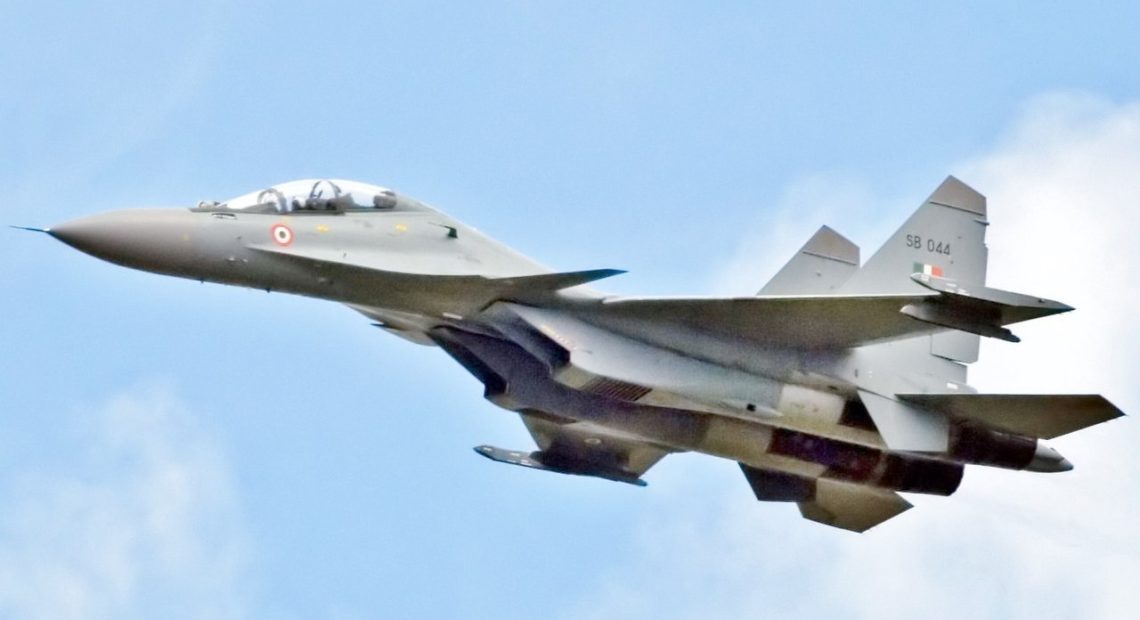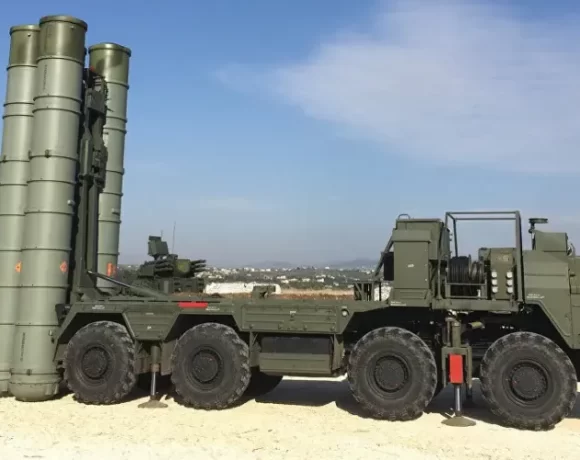
India Expands Su-30MKI Fleet with BrahMos Integration
India is moving forward with a major enhancement to its air combat capabilities by upgrading 20 more Sukhoi Su-30MKI fighter jets to carry the air-launched BrahMos-A supersonic cruise missile. This initiative will increase the number of BrahMos-capable Su-30MKIs in the Indian Air Force (IAF) fleet to 60 and pave the way for the formation of a third full squadron by 2027.
Su-30MKI Upgrade
The Su-30MKI, manufactured under license by Hindustan Aeronautics Limited (HAL), has long been a pillar of India’s frontline air power. The upcoming batch of 20 aircraft will undergo structural and electronic upgrades to accommodate the BrahMos-A missile. These modifications include strengthening the aircraft’s undercarriage and fuselage, and integrating advanced fire-control systems and software for missile targeting and launch.
The upgrade is not cosmetic—it’s a complex engineering overhaul to ensure the 2.5-ton missile can be safely carried and launched without compromising flight performance. With a speed of Mach 2.8 and the ability to strike targets over 400 km away, BrahMos-A turns the Su-30MKI into a potent long-range strike platform.
BrahMos Missile Integration
The BrahMos-A is the air-launched variant of the BrahMos missile, jointly developed by India’s DRDO and Russia’s NPO Mashinostroyenia. Its adaptability to different launch platforms, pinpoint accuracy, and high terminal velocity make it a strategic asset.
Capable of striking both land-based command centers and sea-based assets, BrahMos-A gives the IAF a surgical strike option well beyond enemy air defense coverage. When deployed on a Su-30MKI, the missile not only extends the aircraft’s reach but also significantly enhances its deterrence capability.
Indian Air Force Modernization
HAL will initiate the conversion process later this year, with deliveries expected to conclude by 2027. This timeline aligns with India’s strategic push to achieve operational synergy through indigenous upgrades and minimize dependence on foreign systems.
The creation of a third dedicated squadron will provide the IAF with a geographically distributed strike capability, offering operational flexibility across both western and eastern fronts. This development is part of a broader trend in the Indian defense establishment toward building layered, credible deterrence rooted in self-reliant technologies.
India’s expansion of the Su-30MKI BrahMos program reflects both the strategic foresight of its military planners and the country’s confidence in its indigenous defense production ecosystem. As regional tensions continue to evolve, such force multipliers will be vital to maintaining a credible, proactive defense posture.


















